Maximize compound lift gains: elite strategies for progressive overload & recovery?
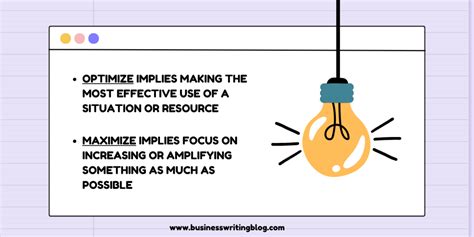
For anyone serious about building significant strength and muscle, compound lifts—such as squats, deadlifts, bench presses, and overhead presses—are the undisputed kings. These multi-joint movements engage more muscle groups, allow for heavier loads, and drive systemic adaptations far more effectively than isolation exercises. However, simply performing these lifts isn’t enough to guarantee continuous progress. To truly maximize your gains, you need a sophisticated understanding and application of progressive overload and an unwavering commitment to recovery. This article will unveil elite strategies to ensure you’re not just working out, but working out smarter and recovering optimally for unparalleled growth.
The Science of Progressive Overload: Beyond Just Adding Weight
At its core, progressive overload is the gradual increase of stress placed on the musculoskeletal system. Without it, your body adapts to a given stimulus, and further growth ceases. While adding more weight to the bar is the most common method, it’s far from the only, or always the most effective, strategy. Elite lifters understand that progressive overload encompasses a broader spectrum of techniques, allowing for continuous challenge even when strength plateaus.
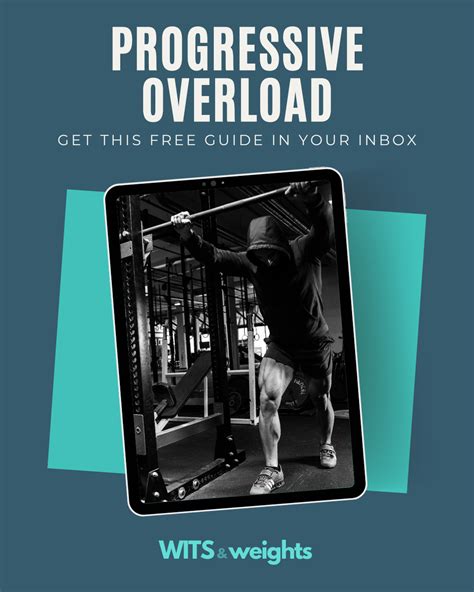
Diverse Methods for Sustained Progress
- Increase Weight: The most straightforward method. Aim for small, consistent increases (e.g., 2.5-5 lbs) over time.
- Increase Repetitions: If you hit your target reps with a given weight, try to add one or two more reps in subsequent sessions before increasing weight.
- Increase Sets: Adding an extra set can significantly increase total training volume.
- Decrease Rest Time: Performing the same work in less time increases intensity and density.
- Increase Time Under Tension (TUT): Slower eccentrics or paused reps can make a lighter weight feel much heavier and stimulate new growth.
- Improve Form & Efficiency: A cleaner, more powerful rep allows you to lift more effectively and safely. This is a form of progressive overload in itself.
- Increase Frequency: Training a muscle group more often (e.g., twice a week instead of once) can lead to more opportunities for overload.
Elite Strategies for Applying Progressive Overload
Moving beyond the basics requires a more strategic approach to how and when you apply these overload principles. Randomly changing variables often leads to burnout or injury rather than gains.
Periodization: The Blueprint for Long-Term Gains
Periodization involves systematically varying your training program over time to manage fatigue, optimize performance, and prevent plateaus. This can range from simple linear periodization (gradually increasing intensity while decreasing volume over weeks) to more complex undulating or block periodization. For compound lifts, microcycles (weekly), mesocycles (monthly), and macrocycles (yearly) are planned to ensure peaks in strength and controlled deloads.
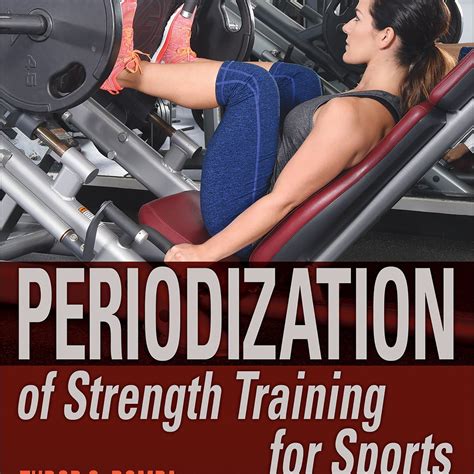
RPE (Rating of Perceived Exertion) and RIR (Reps In Reserve)
Instead of rigid percentages, many elite lifters use RPE or RIR to autoregulate their training. An RPE of 8-9 means you could have done 1-2 more reps (RIR 1-2). This allows for adjustments based on daily readiness, preventing overtraining on bad days and pushing harder on good days, ensuring optimal progressive overload for that specific session.
Strategic Exercise Variation and Accessory Work
While compound lifts are the foundation, targeted accessory work and slight variations can address weak points and provide novel stimuli. For instance, pause squats or pin presses can improve specific portions of a lift, allowing you to break through plateaus in your main movements. Don’t constantly switch your main lifts, but strategically cycle variations or introduce targeted assistance exercises.
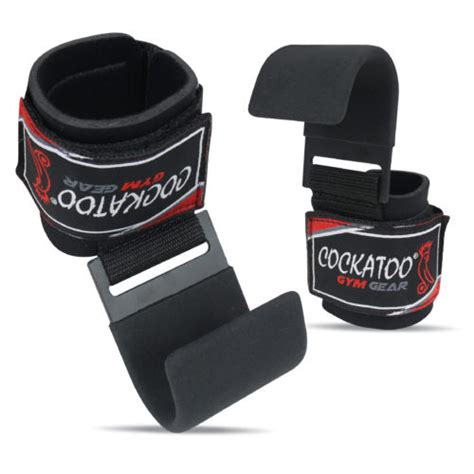
Mastering Recovery: The Unsung Hero of Gains
You don’t grow in the gym; you grow when you recover from the gym. Neglecting recovery is like planting seeds and forgetting to water them—all your hard work will be in vain. Elite recovery isn’t just about taking a day off; it’s an active, multi-faceted process.
The Pillars of Optimal Recovery
- Sleep: This is non-negotiable. Aim for 7-9 hours of quality sleep per night. During sleep, your body repairs muscle tissue, consolidates memories, and optimizes hormone production (e.g., growth hormone, testosterone), all crucial for strength and muscle gain. Establish a consistent sleep schedule and create a conducive sleep environment.
- Nutrition: Fuel your body appropriately.
- Protein: Essential for muscle repair and growth. Aim for 1.6-2.2 grams of protein per kilogram of body weight.
- Carbohydrates: Replenish glycogen stores depleted during intense workouts. Timing carbs around workouts can be beneficial.
- Healthy Fats: Crucial for hormone production and overall health.
- Micronutrients: Don’t overlook vitamins and minerals from a diverse diet.
- Hydration: Dehydration impairs performance and recovery. Drink plenty of water throughout the day, especially around workouts.
- Active Recovery & Mobility: Light activity (e.g., walking, cycling), stretching, foam rolling, and mobility work can improve blood flow, reduce soreness, and maintain range of motion.
- Stress Management: Chronic stress elevates cortisol, which can hinder recovery and muscle growth. Incorporate stress-reducing activities like meditation, hobbies, or spending time in nature.

Integrating Progressive Overload and Recovery for Maximum Impact
The true magic happens when you view progressive overload and recovery not as separate entities, but as two sides of the same coin. Your ability to progressively overload is directly limited by your ability to recover. A well-designed training program balances challenging stimuli with sufficient recovery periods.
Listen to Your Body and Adapt
Even with the best plan, there will be days when you feel rundown or unusually strong. This is where autoregulation (like RPE/RIR) and listening to your body become vital. Don’t be afraid to adjust your training on the fly, whether it’s dropping weight, reducing reps, or taking an extra rest day. Conversely, if you feel exceptional, push a little harder within safe limits.
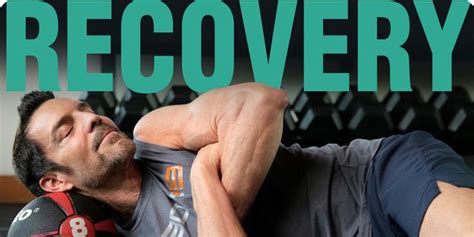
Conclusion: The Path to Elite Gains
Maximizing compound lift gains is an ongoing journey that demands consistency, intelligence, and patience. By systematically applying diverse progressive overload strategies, you ensure your body is constantly challenged to adapt and grow. By meticulously prioritizing and optimizing every facet of recovery, you provide the essential environment for that growth to occur. Embrace both these principles, and you’ll unlock your full potential for strength, muscle, and performance in your compound lifts.








